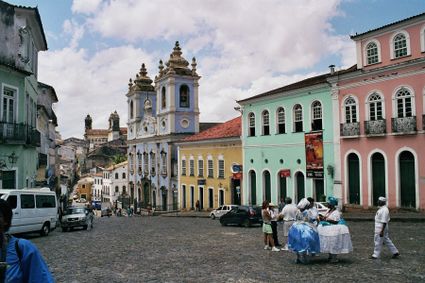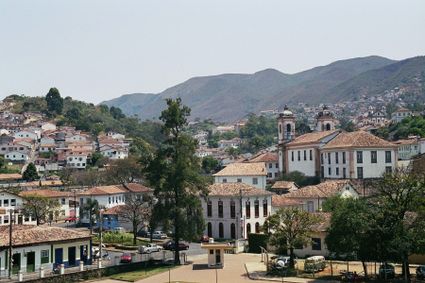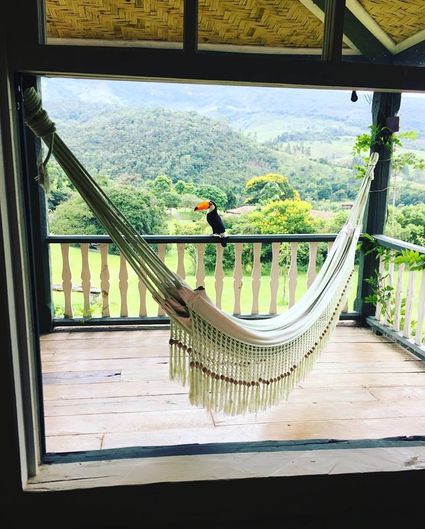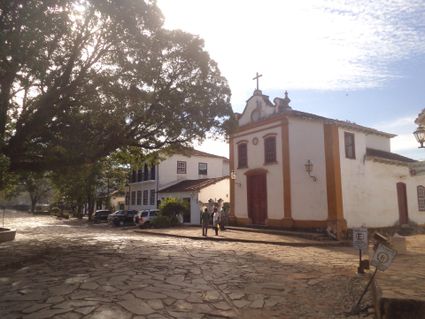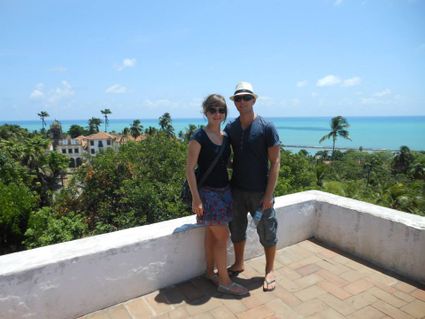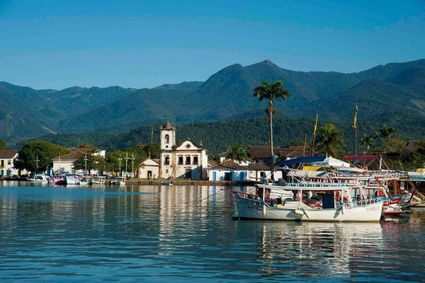Colonial past
History and architecture
It may be clear that Brazil was once a colony of Portugal, it is the only country in South America where Portuguese is spoken. However, this is not the only thing left from this time. In Brazil, you will find many charming historical towns, where time has stood still.
Today, Salvador in northeastern Brazil and Ouro Preto inland in the state of Minas Gerais are the two most important colonial cities when it comes to tourism. Both cities have a lot of history and are more than worth exploring.
Colonial buildings in Salvador
The full name of Salvador is; 'São Salvador da Bahia de Todos os Santos', or 'Holy Saviour of the Bay of All Saints'. Salvador is, after São Paulo and Rio de Janeiro, the 3rd largest city in the country. Salvador was the capital of Brazil until 1763. This colonial city is bursting with life, it is the most African looking city of South America. The development of Salvador was strongly influenced by the large number of slaves that arrived in Salvador from Africa to work on the many (sugar cane) plantations that surrounded the city. The majority of the current population of Salvador consists of mulattos and black people who almost all descended from the considerable slave population of the time. Even more than in other parts of Brazil, here you can taste the vibrant atmosphere of a swinging and vibrant Afro-Brazilian culture. The historic upper town of Salvador has a large number of beautiful colonial buildings in a relatively small area. This part of the city, the district Pelourinho, called Pelô by the locals, is also the beating heart of the nightlife. In 1985 UNESCO added the historic upper town to the list of World Heritage and it was beautifully restored in 1990.
Ouro Preto, battlefield of independence
Ouro Preto is the former Vila Rica. The name of the city changed after the independence and became a UNESCO World Heritage Site in 1980. It is wonderful to stroll up and down the winding streets with beautiful colonial buildings. You can feel the history! Not without reason, because against the backdrop of these narrow streets with buildings up to two floors and churches situated on hilltops, the most fierce revolt against the Portuguese enemy took place. The Inconfidência Mineira, a patriotic movement that fought for Brazilian independence, was conquered in 1789 with the hanging of Joaquim José da Silva Xavier, better known as 'Tiradentes' and now an important part of history. The reports of the rebellion are in the Museum of the Inconfidência, the former municipal palace and prison, which has furniture, utensils, documents and religious artefacts in its collection. On the wide Tiradentes Square you will find the Governor's Palace, which now houses the Mining School, a college founded during the Empire, and also houses the Museum of Mineralogy. Definitely worth a visit are the theatre, and Casa dos Contos, where gold used to be weighed.
Travel through Brazil?
Would you like to make a trip through Brazil yourself, and are you curious about the possibilities? Then take a look at the travel itineraries we have put together for inspiration. You can book these trips directly, but we are also happy to create a personal programme based on your wishes and ideas.
Do you have a question? Feel free to contact us. Call +31 73 610 62 04 or send an email to info@sapapanatravel.nl. We are happy to help you.
